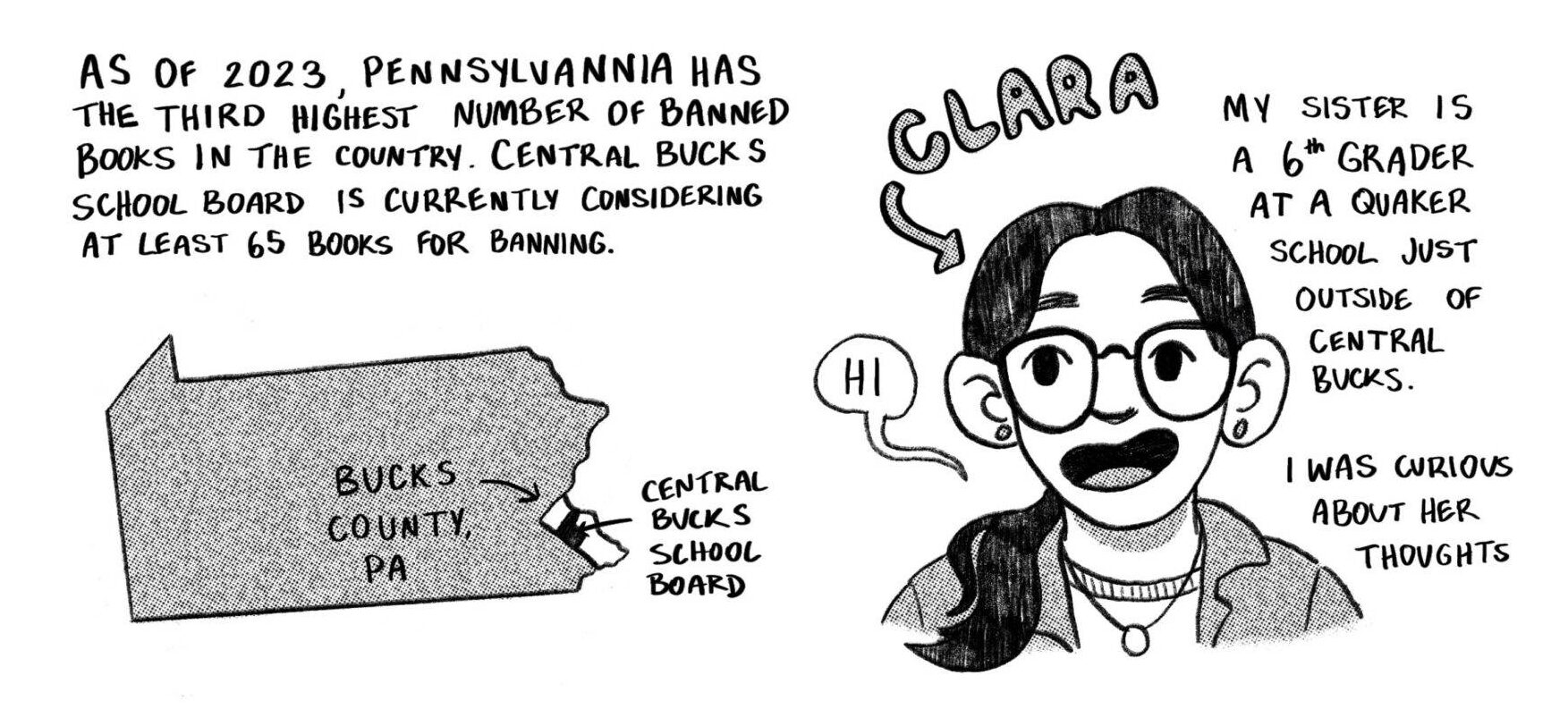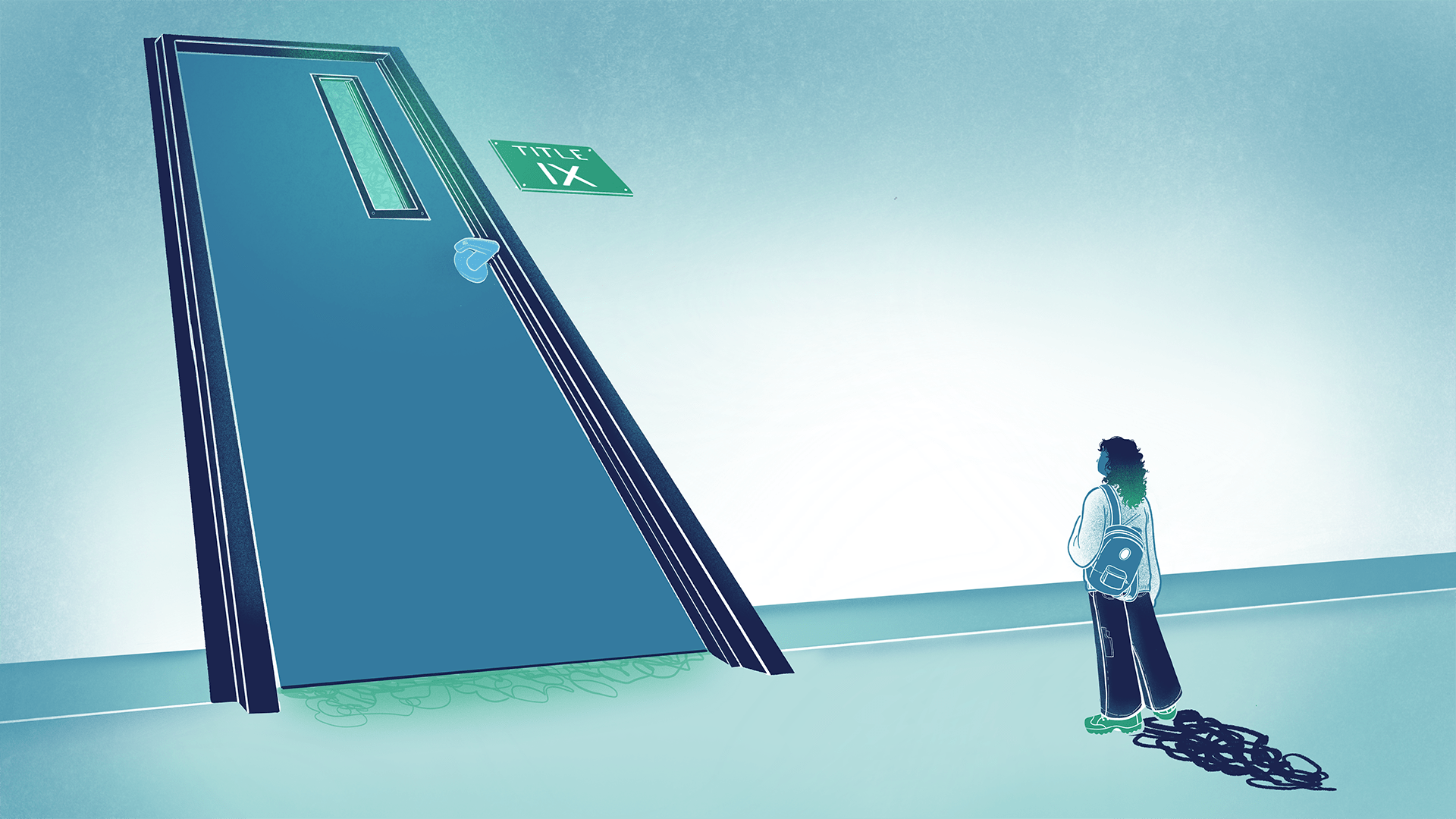By Francisco Rosas, Promotions Manager
Illustration by Albert Porto
 New York has the original, Venice has one on the Grand Canal, it transformed Bilbao, and you can find it in Berlin. Las Vegas had one (but it closed and is moving to Lithuania). Things fell through when Guadalajara, Taiwan, Rio de Janeiro, and Hong Kong tried to get one, but Helsinki is still in talks to get a branch. And something as minor as artists’ protests over workers’ rights isn’t going to stop Abu Dhabi from getting its own Guggenheim museum.
New York has the original, Venice has one on the Grand Canal, it transformed Bilbao, and you can find it in Berlin. Las Vegas had one (but it closed and is moving to Lithuania). Things fell through when Guadalajara, Taiwan, Rio de Janeiro, and Hong Kong tried to get one, but Helsinki is still in talks to get a branch. And something as minor as artists’ protests over workers’ rights isn’t going to stop Abu Dhabi from getting its own Guggenheim museum.
In March, a group of more than 130 artists, curators, and writers signed the Gulf Labor petition letter addressed to Richard Armstrong, the director of the Guggenheim Foundation. The petition states that signatories will boycott the Guggenheim Abu Dhabi. “Our cooperation with the Guggenheim in Abu Dhabi (and, for many of us, at other Guggenheim locations) will not be forthcoming if the Foundation fails to take steps to safeguard the rights of the workers who will be employed in the museum’s operations on Saadiyat Island,” it proclaims.
The petition was organized by Beirut-born, New York-based artist Walid Raad and the Palestinian artist Emily Jacir. Both Raad and Jacir are in the Guggenheim’s collection, and Jacir has had solo shows at the Guggenheim in New York. But that doesn’t mean they’re loyal to the institution. Raad told the New York Times that “artists should not be asked to exhibit their work in buildings built on the backs of exploited workers,” and “Those working with bricks and mortar deserve the same kind of respect as those working with cameras and brushes.”
Other well-known artists who have signed the petition include Shirin Neshat, Mona Hatoum, Akram Zaatari, Yto Barrada and Kader Attia. And it’s not just Middle Eastern artists who signed the petition — internationally renowned artists Hans Haacke and Barbara Kruger also signed.
Slated for completion in 2015, the $800 million Guggenheim Abu Dhabi will be 12 times the size of the Solomon R. Guggenheim in New York City. The government of Abu Dhabi is footing the bill for construction, but the museum will be managed by the Guggenheim Foundation. The Foundation is attempting to build a collection for the new museum, with a focus on contemporary Middle Eastern Art. But buying a collection is going to be difficult if artists are unwilling to sell to the museum.
The Tourism Development & Investment Company (TDIC) is the Foundation’s partner in building the new Guggenheim. TDIC was established in 2006 to “deliver to the highest standards and meet the needs of a rapidly growing tourism industry,” and as part of that mission, TDIC is also overseeing several cultural behemoths being built in the Saadiyat Cultural District development in Abu Dhabi. All these institutions were designed by starchitects: the Zayed National Museum by Norman Foster, the Performing Arts Centre by Zaha Hadid, the Louvre Abu Dhabi by Jean Nouvel, and the Guggenheim by Frank Gehry. The New York Times claimed that the Emiratis are “using architecture and art to reshape their national identities virtually overnight.” But meeting this “overnight” deadline may mean exploiting the people who build those high-profile destinations.
In Abu Dhabi, workers’ rights aren’t exactly a priority — building things fast is. To this end, migrant laborers are hired on the cheap, many from India and Pakistan. In 2009, Human Rights Watch (a watchdog organization that defends and protects human rights) issued a report documenting workers’ rights abuses on Saadiyat Island. These include the practice of recruitment fees, which leave migrant workers deeply indebted, sometimes unable to even leave their jobs. These recruitment fees are supposed to be reimbursed to laborers, but rarely are. According to the Human Rights Watch report, there is a “nearly universal acceptance of this practice in the UAE.” Contractors sometimes also retain workers’ passports, preventing them from leaving the country.
In September 2010, the Guggenheim and TDIC had issued a joint statement in response to the 2009 Human Rights Watch report saying they would do two things. One, they would create “a robust independent monitoring program,” which would also publish public reports. Two, they would begin to “contractually require all contractors to reimburse workers for any recruitment fees.” But last month’s petition begs the question whether either of these things have actually happened. The foundations for Gehry’s museum are now almost done, but the issue of workers’ rights has still not been resolved. In response to the Gulf Labor petition letter, Human Rights Watch’s Middle East director, Sarah Leah Whitson, declared, “If the Guggenheim and TDIC fail to address the artists’ concerns, the museum may become better known for exhibiting labor violations than art.”
The TDIC responded to last month’s Gulf Labor petition letter by announcing that a new internationally recognized consultancy will be appointed and announced by May 2011, and that they will publish the promised audit reports on an annual basis. Armstrong, the Guggenheim director, also defended the museum in an open letter, and said it “is firmly committed to working to protect the rights of individuals on the Guggenheim Abu Dhabi Museum site.” He believes their “work with TDIC has been instrumental in bringing about this progress.”
The Guggenheim Abu Dhabi petition could be instrumental in bringing about wider reforms. If the Guggenheim is pressuring the TDIC to adopt safeguards to protect worker’s rights, then perhaps those policies will be implemented in all TDIC developments. If policies are put into place and actually enforced, the workers of the Guggenheim Abu Dhabi won’t be the only ones protected. The workers building the Louvre Abu Dhabi next door could be protected; all the workers building the Saadiyat Island site could be protected. And beyond Saadiyat Island, TDIC is responsible for developments all over Abu Dhabi. The pressure created by this one petition has the ability to change workers’ rights across the entire state. Behold the power of artists!
It’s a good time for the petition — the world has its eye on this part of the world because of the political turmoil and civic unrest in the Jasmine Revolution. This creates a media platform for these artists’ voices to be heard. Their petition is a testament to the potential impact artists can have on issues unrelated to the arts, issues like labor practices. The political potential for art has long been debated, but this example shows that the artist’s role in society can be a force to be reckoned with, and can be instrumental to change.
It would behoove the Guggenheim to institute ways of improving workers’ rights and be transparent about their efforts; otherwise, the new museum may not have artwork to display in its galleries. Is the Guggenheim being unfairly singled out? Perhaps, but unlike the neighboring Louvre, the Guggenheim actively engages living artists, and in the words of Walid Raad, “They need the artists’ participation.” Fortunately, living artists can be a lot louder than dead ones.






















[…] Guggenheim Abu Dhabi is currently under construction (though the project has slowed and become a locus of controversy).[viii] And more Guggenheims may be on the way. The Finnish government paid the Guggenheim […]